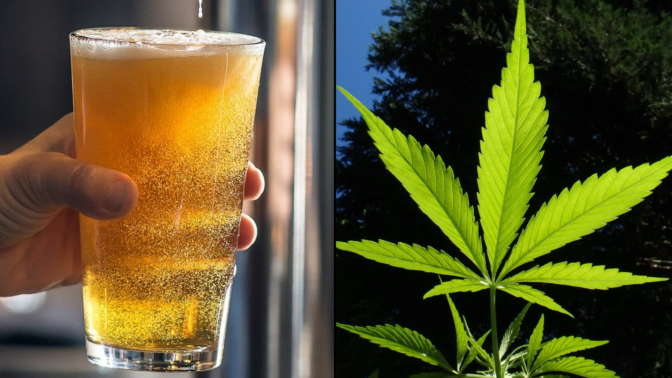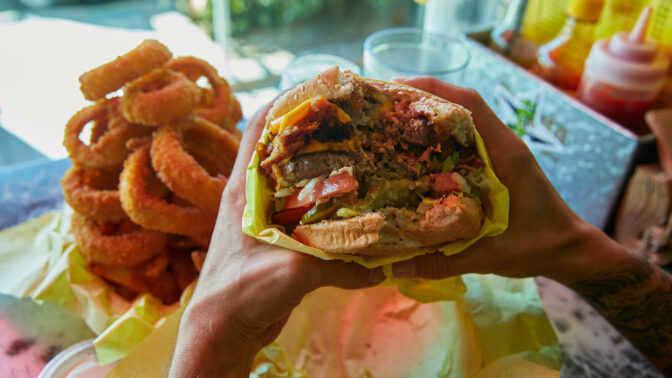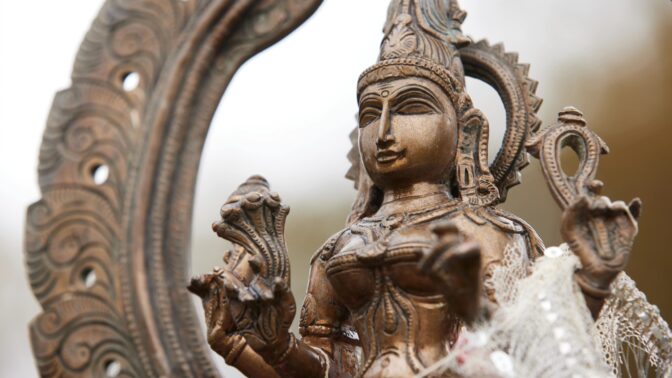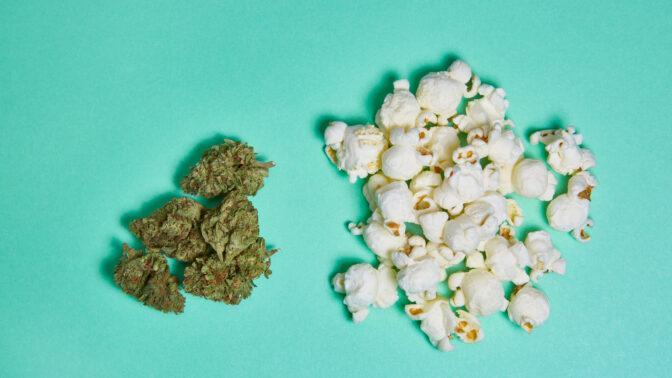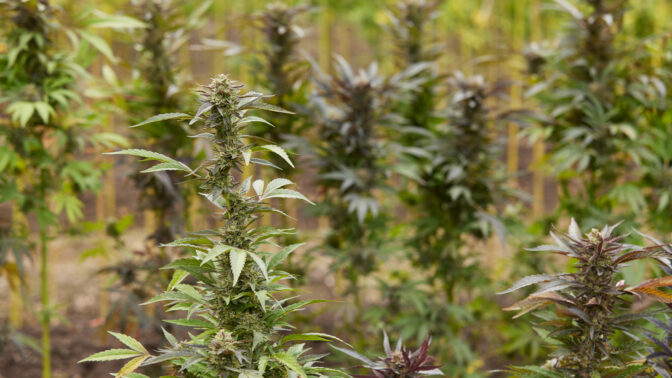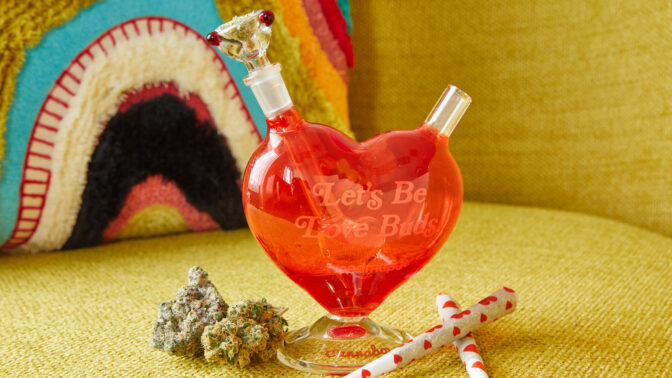'No Evidence' That Marijuana Legalization For Adults Increases Youth Cannabis Use, New Research Published By American Medical Association Finds
A new research letter published by the Journal of the American Medical Association (JAMA) said there’s no evidence that states’ adoption of laws to legalize and regulate cannabis for adults has led to an increase in youth use.Three In Five Americans Say Marijuana Is Safer Than Alcohol Or Tobacco, Survey Finds
Nearly three in five Americans consider alcohol or tobacco to be “more harmful” to a person's health than marijuana, according to a new poll.
Let’s face it – 420 celebrations can give you a major case of the munchies. Check out all the food deals, promos, and specials going on.
Swami Select: Nurturing cannabis with intention and spirituality
In the serene mountains of northern California, Swami Select is a source of inspiration for regenerative farming and spiritual connection within the cannabis industry.
Your weed is rolled or packed, and your plateful of snacks is piled high — all you need now is something to watch. Check out Weedmaps’ favorite shows to watch stoned.

